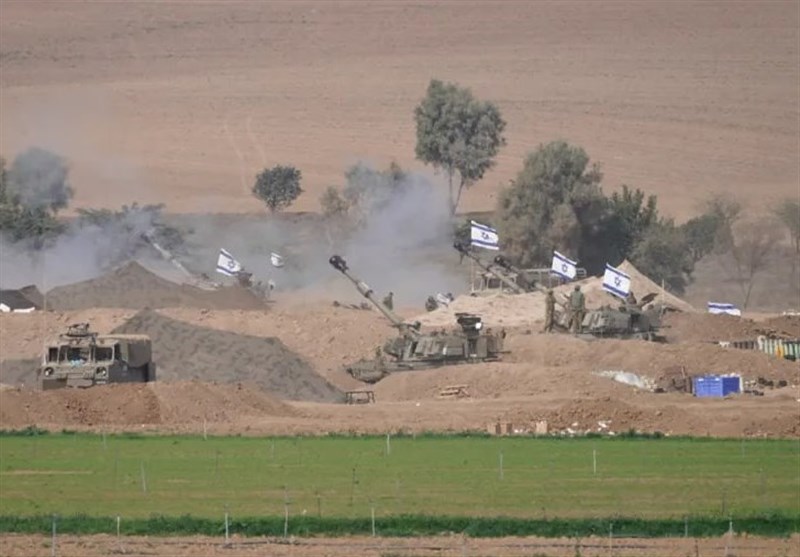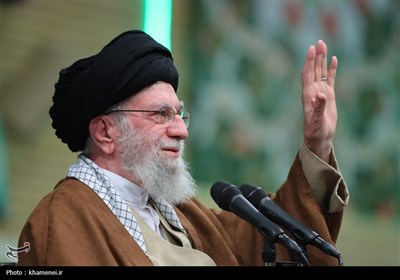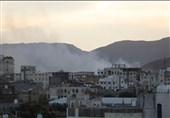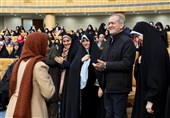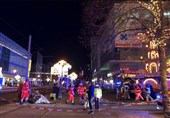Israeli Assault on Gaza Shows No Clear Gains amidst Escalating Tensions
TEHRAN (Tasnim) – The Israeli military's sustained assault on Gaza, which began on Friday night, has entered its second day, leaving observers questioning whether this marks the onset of a major Israeli offensive or merely another test of Palestinian resistance.
In the preceding days, the Israeli military had conducted two limited-scope ground attacks, withdrawing to Israeli occupied territory before dawn on both occasions, releasing videos for propaganda purposes. The current ongoing attack, although intense, may not yet be the anticipated "Big One." However, it serves as an extension of the earlier incursions into Gaza, potentially foreshadowing an imminent all-out offensive, according to Al Jazeera.
The situation in Gaza took a critical turn as reports on Saturday indicated a near-complete communications blackout due to Israeli strikes on public telecom infrastructure. Only a few remaining satellite phones provide a lifeline for information transmission to the outside world, although they remain vulnerable to Israeli electronic warfare aircraft capable of targeting data exchange devices with pinpoint precision.
Israeli forces have a history of utilizing phones to identify and locate targets. However, Hamas, which appears to have anticipated such actions, is believed to have established "Israel-proof" communications infrastructure within its network of tunnels beneath Gaza. Tens of kilometers of cables with strong electromagnetic shielding were reportedly laid in modern, deep tunnels, making detection and interception of signals challenging for Israeli forces.
On Saturday, Israeli war minister, Yoav Gallant, acknowledged the targeting of these tunnels. Although Israel claimed to have hit over 150 underground targets, doubts persist regarding the accuracy of this claim. Hamas has evolved its tunnel system from rudimentary structures to well-engineered, concrete-reinforced facilities that extend as deep as 20 meters underground.
This depth allows the tunnels to pass under Israeli border barriers, making them resistant to ordinary iron bombs. The use of special munitions, like rocket-accelerated bombs, is required to penetrate these tunnels effectively. However, their efficacy in Gaza, where tunnels are often located under buildings, remains questionable.
The situation continues to evolve, with the next steps from both sides determining the course of the conflict. Thus far, Israel's actions have not indicated a major strategic initiative to secure victory on the ground.
In a separate development, Israel issued evacuation warnings to Gaza residents, encouraging them to move south of the Wadi Gaza river to safer areas. The warnings included promises of humanitarian aid, but doubts remain regarding the effectiveness of such evacuations.
Intensified Israeli air attacks in the north of Gaza have resulted in casualties, including an attack in Khan Younis that killed four people and wounded 20. Israeli artillery continued its bombardment along the border, leading to clashes between Palestinian resistance groups and Israeli forces.
The United Arab Emirates has called for a UN Security Council meeting to address the Gaza situation, scheduled for Monday afternoon. The Security Council has thus far been unable to reach an agreement on resolutions calling for a ceasefire.
The death toll since the start of the Israeli carnage has surpassed 8,000 with upwards of 20,500 Palestinians wounded. A staggering 70 percent of casualties in Gaza are children, women, and the elderly.
